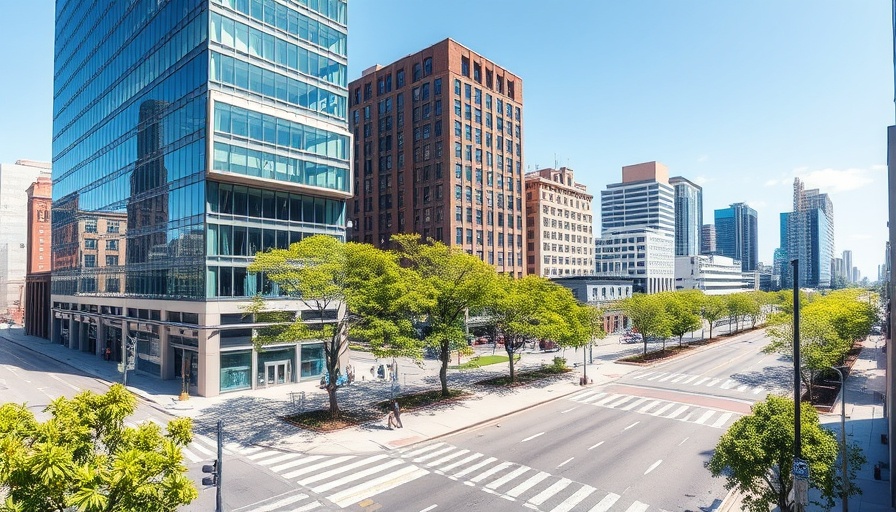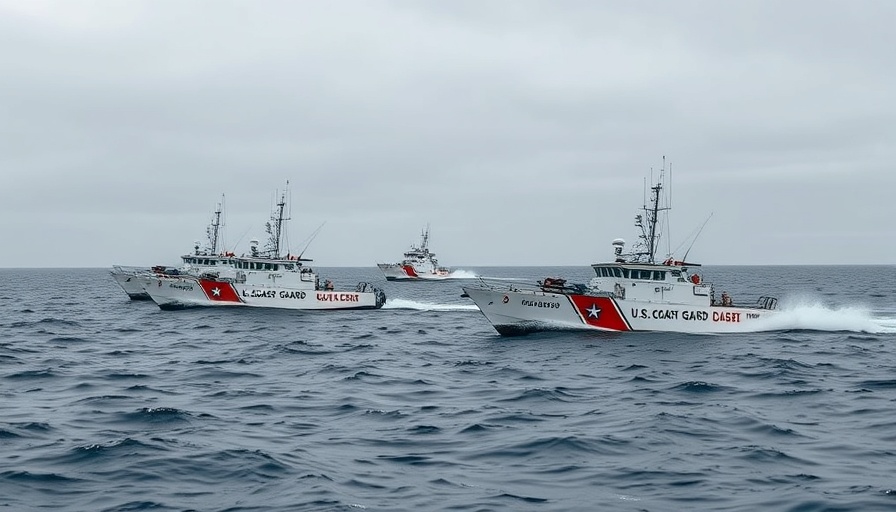
Unraveling the Cartel Chronicles: What Happened?
In a shocking cross-border confrontation, a shootout on June 8 between Mexican police and alleged members of the Chiapas-Guatemala cartel has not only sent ripples through the law enforcement community but has also revealed deeper connections to organized crime, particularly in the drug trafficking scene. The chaos resulted in the death of Baldemar “Don Valde” Calderon-Carrillo, identified as the cartel's leader and a key figure in a San Diego cocaine trafficking indictment unsealed shortly after the incident.
The Implications of International Incidents
The embattled border crossing proved more than just a crime scene; it became a stage for international relations drama between Mexico and Guatemala. When Mexican officers crossed the border in pursuit of suspects, it sparked fierce criticism and led to an official apology from the Mexican government to Guatemala. This raises questions about jurisdiction, police conduct, and the often-blurred lines in international law enforcement cooperation.
Calderon-Carrillo: A Boss With a Criminal Legacy
Calderon-Carrillo, aged 67, was indicted by a federal grand jury in San Diego back in 2019 along with multiple co-defendants. His alleged role as a founding leader of his cartel has made him a target in a broader war against drug trafficking into the U.S. According to federal officials, the indictment stemmed from a long-term wiretap investigation that unveiled the cartel's operations transporting cocaine via Guatemala into the United States—consolidating its position in the competitive drug trade while posing significant dangers to public safety.
The Family Ties: A Generational Cycle of Crime
Interestingly, Calderon-Carrillo’s family was deeply integrated into this criminal dynasty. His son, Edgar “Panon” Yovani Calderon-Calderon, was also indicted. Having been extradited from France, he recently pleaded guilty to conspiracy charges linked to cocaine distribution. This familial pattern raises troubling concerns over the legacy of crime that persists across generations, challenging both law enforcement and community safety efforts in the region.
Public Perception and the War on Drugs
The broader implications of Calderon-Carrillo's activities represent a continuous struggle in combating drug trafficking that threatens communities far beyond the immediate locales. Societal concerns arise regarding the effectiveness of law enforcement strategies, international cooperation, and the drug policy implementation. If the conditions that foster cartel activities remain unaddressed, the cycle of violence and crime may only intensify, affecting countless lives.
Conclusion: Understanding the Landscape of Drug Trafficking
As this saga unfolds, it becomes clear that the intersection of local law enforcement and international crime syndicates like the Chiapas-Guatemala cartel reveals a complex, often tragic story of human resilience, society's vulnerabilities, and the sporadic successes of the judicial system in challenging deeply entrenched criminal operations. We must remain vigilant in uncovering the realities of drug trafficking and advocate for informed policies that prioritize community safety.
Call to Action
With ongoing developments in the fight against drug trafficking, staying informed is crucial. Safety often begins with understanding the complexities of organized crime and its impacts on our communities. Engage with local resources and discussions that advocate for effective strategies in combatting drug trafficking.
 Add Row
Add Row  Add
Add 




 Add Row
Add Row  Add
Add 

Write A Comment